| |
Observing
tips: Look
west 30 to 60 minutes after sunset
when the Sun has dipped 6o to 16o below
the horizon. If you see luminous blue-white tendrils spreading
across the sky, you've probably spotted a noctilucent
cloud. Although
noctilucent clouds appear most often at arctic latitudes,
they have been sighted
in recent years as far south as Colorado, Utah and Virginia.
NLCs are seasonal, appearing most often in late spring and
summer. In the northern hemisphere, the best time to look
would be between mid-May and the end of August. See
also 2003, 2004,
2005, 2006,
2007, 2008,
and 2009 |
 |
| |
| |
Photographer,
Location |
Images |
Comments |
|
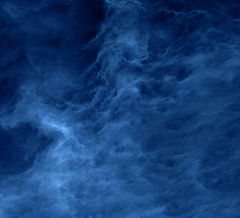
|
Aurimas Dirse,
Vilnius, Lithuania
Jun. 27, 2011 |
#1,
#2,
#3 |
Very bright noctilucent clouds. They appeared an hour after the sunset. NLC reached 90+ degrees above horizon. They covered more than half of the sky! As the night came only a few clouds near the horizon remained sunlit.
It was a beatiful nlc display.
|
|
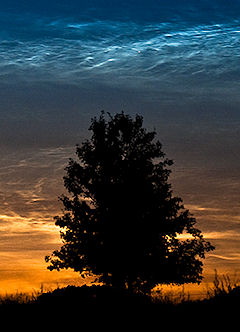
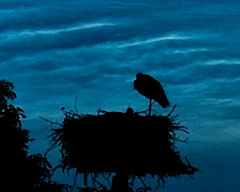
|
Marek Nikodem,
near Szubin, Poland
Jun. 26, 2011 |
#1,
#2,
#3,
more |
Season has been started on noctilucent clouds in Poland.
Spaceweather on the storks. Invasion of the NLC in Poland. Last night was the most beautiful display this year.When I noticed the very strong display of Noctilucnt Clouds last evening, the skies were already quite dark, but the clouds were bright and showed an intense contrast to the deep blue sky. Noctilucent clouds time is the time of birth of young storks. Thousands of storks (Ciconia ciconia) Polish arrives each spring. Whenever you are born young stork in the heaven, we can admire the NLC. Nikon D700. exp 1-5 sec
|
|
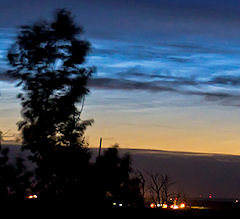
|
Alan
Dyer,
near Gleichen, Alberta, Canada
Jun. 28, 2011 |
#1,
#2,
more |
This
was our first sighting of NLCs for the season, from
southern Alberta, and a few of us have been looking
most nights it's been clear. But the NLC season for
us began with a good display low in the north, quite
bright at 11:45 pm MDT, June 28, local time but fading
shortly after midnight. The vertical shot takes in
the Big Dipper and Polaris. |
|
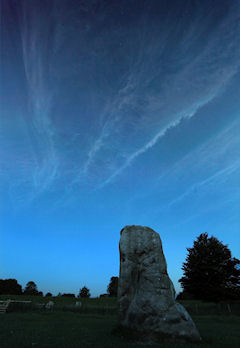
|
Renata
Arpasova,
Swindon and Avebury, Wiltshire, UK
Jun. 29, 2011 |
#1,
#2,
#3,
#4,
more |
The
NLC started just above horizont and then it spread
right across the sky. First I photographed it in Swindon,
and then went to Avebury. Canon 5D MKII, 17-40mmL,
@17mm. Iso:250-400, Aperture F5.6-7.1, shutter 6secs-25secs
|
|
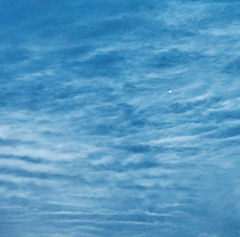
|
Ivo Dinsbergs,
Riga, Latvia
Jun. 27, 2011 |
#1,
#2,
#3 |
Brightest NLC display in this year!
Photo details: Canon 500D, various settings. Jupiter 135/3.5 and Helios 44M-4 lenses.
|
|
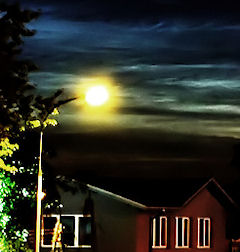
|
Dariusz
Wierzbicki,
Warsaw, Mazovia, Poland
Jun. 26, 2011 |
#1 |
Storm,
Severe Weather : ) |
more
images: from
Dave Hancox of Ayr, South Ayrshire, Scotland; from
Andrzej Szuksztul of Gdańsk, Poland; from
Michal Laszczynski of Gdynia, Poland; from
Stanislaw Rokita of Torun, Poland; from
Dariusz Dorosz of Żabików, Poland; from
Patryk Koniecki of Kwidzyn, Pomorskie, Poland; from
John Houghton of Newtown Linford, Leicestershire
|
|
|
|
|








